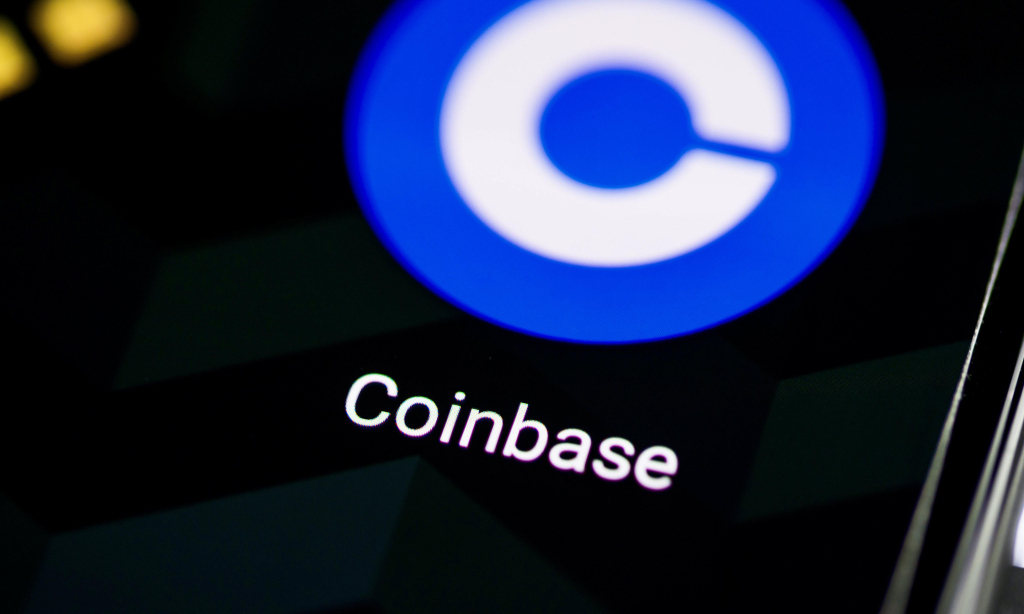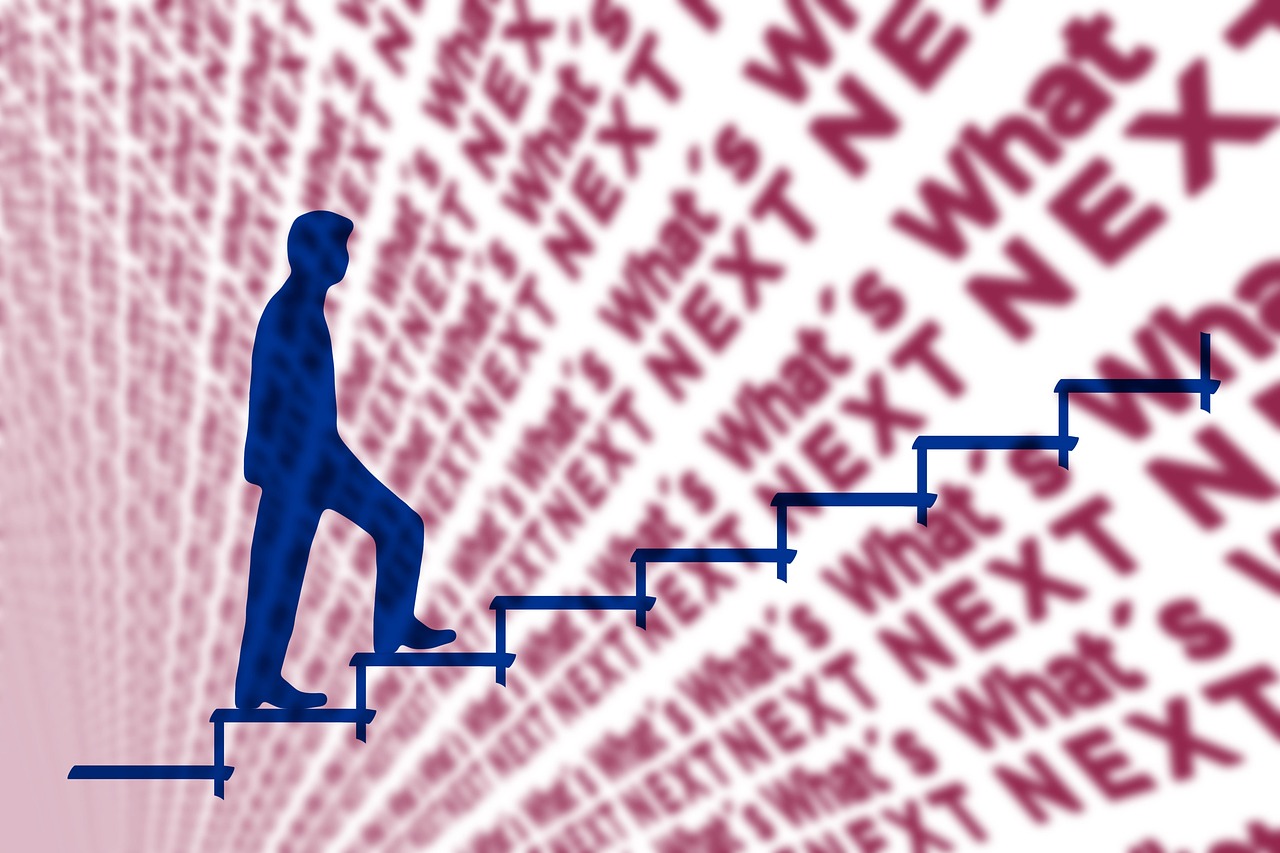Blockchain is the technology behind the world’s top cryptocurrencies such as Bitcoin and Ethereum. However, a new study argues that blockchain's tamper-proof shared ledger could be harnessed in the labor sector as well, which will allow workers greater control over their credentials.
“While DLT gained attention as a mechanism for conducting transactions for digital currencies like Bitcoin, the underlying applications, protocols, and networks and infrastructure can be used to document, verify, and share data about many things, including learning, knowledge, skills, and abilities and the credentials that represent them,” the report said.
The report was published on June 8 by the American Council on Education and titled “Connected Impact: Unlocking Education and Workforce Opportunity.” The report’s authors pointed out that there seems to be an increasing “mismatch between educational outputs and labor market demand.”
The research was conducted from November 2019 through February 2020, according to Coin Telegraph. Even before the coronavirus pandemic exploded, the labor situation for degree holders in the U.S. is already worrisome with forty percent of recent college graduates being underemployed with the average time in a job has decreased to just 4.2 years on average.
The paper suggests that the problem lies in the disconnect between the academe and the labor market. “At the core of that challenge is a communications gap rooted in a disconnect between how higher education and the labor market talk about, measure, and signal individuals’ skills,” the reports said.
Employers also have a hard time when hiring because the degree of an applicant does not necessarily show whether he has the skills that a position needs. “Employers were looking beyond the degree to assessments or even college alternatives in order to identify workers with in-demand skills,” the authors said.
The report proposed a system utilizing blockchain technology to store a worker’s credentials. “This report reflects the culmination of the first phase of a two-year initiative focused on exploring both the opportunities and the risks of utilizing blockchain to translate skills and educational experiences into a language that individuals—and employers—can use.”
This blockchain-based system could be updated to reflect new skills, education, or training as needed and could be accessed by college registrars, hiring managers, students, and workers. “It can provide the technological fabric to help displaced workers translate their skills for new education opportunities and employers, and may hold particular value for those currently underserved by the existing education-to-employment paradigm,” the reported noted.
The study noted that there are 71 efforts across the globe trying to integrate blockchain into their education system. However, they are still in the pilot stages of testing at the moment.























Comment 10